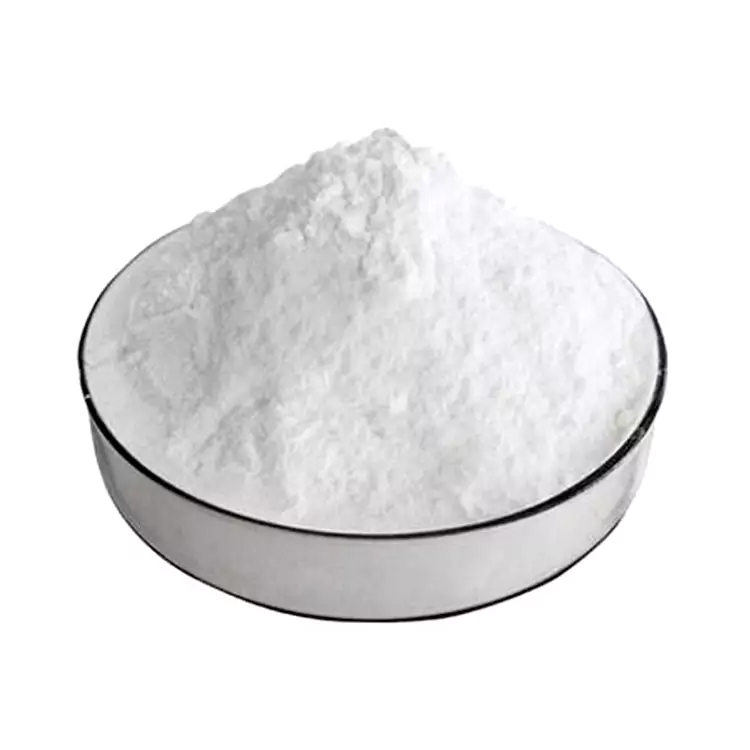Handling and Storing Zinc Chloride: A Practical Guide for Industrial and Lab Use
2025-04-25
Zinc chloride is a versatile compound used in galvanizing, textile finishing, chemical synthesis, and more. While effective, it’s also hazardous if mishandled. From corrosion risks to environmental toxicity, here’s a comprehensive look at how to safely handle and store zinc chloride in industrial or laboratory environments.
Handling Zinc Chloride: What You Need to Know
1. Highly Corrosive Properties
Zinc chloride is corrosive to the skin, eyes, and respiratory tract. Even brief exposure can lead to burns, irritation, or tissue damage.
· Personal protective equipment (PPE) is non-negotiable. Equip yourself with acid-resistant gloves, goggles, and a lab coat.
· If working with larger amounts, consider using a face shield and chemical splash apron.
2. Inhalation Protection
Whether in powder or aerosol form, zinc chloride irritates the lungs. Long-term or high-level exposure could pose serious respiratory concerns.
· Operate in ventilated areas or under a fume hood.
· Use respiratory protection (NIOSH-certified respirators) in dusty or enclosed settings.
3. Avoid Exothermic Mishaps
When zinc chloride dissolves in water, it releases heat—sometimes violently.
· Always add zinc chloride to water slowly, stirring constantly.
· Never pour water directly into zinc chloride, as it can cause boiling and dangerous splatter.
4. Chemical Incompatibility
Zinc chloride must not come into contact with:
· Strong bases like sodium hydroxide
· Active metals like aluminum
· Organic materials or oxidizers
These combinations can result in explosions, fire, or toxic gas emissions such as hydrogen.
Zinc chloride’s industrial value is undeniable—but so are its hazards. By following best practices for handling, storage, and emergency preparedness, you can work with confidence and protect both people and property. Make safety your standard, not an afterthought.



